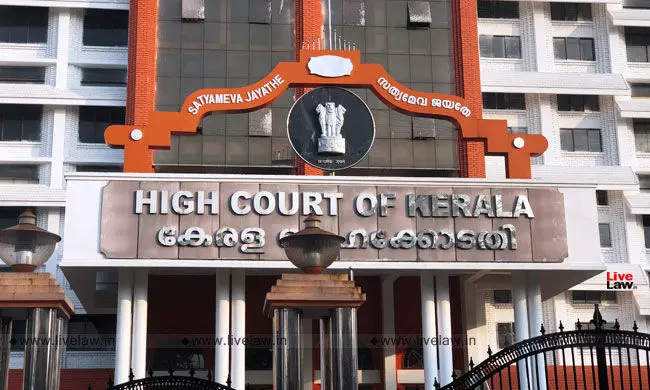The Kerala High Court recently ordered the state to “actively consider the laying down of a procedure for hearing as contemplated in Section 15 of the Act, which stipulates 60 days from the date of publication of the preliminary inspection under Section 11 for submission of objections.” The ruling pertained to the Land Acquisition, Rehabilitation, and Resettlement Act, 2013 (LARR). As noted in the preamble of the new Act, the court upheld the 2013 Act’s provision of a “humane, participative, informed, and transparent process” for land acquisition.
The case was heard by Justice TR Ravi’s one-judge bench. About 4 kilometres from Kannur town, the petitioner held lands, buildings, and businesses that bordered the old NH 66 between Manna junction and the National Highway By-pass junction. The problem started when the petitioners objected to the Social Impact Assessment Study and the ensuing proceedings under Section 15 of the LARR Act, 2013, and the respondent denied their requests.
One of the petitioner’s primary arguments was that Section 15 clearly states that an interested party may file an objection to the Social Impact Assessment’s findings within sixty days of receiving notification under Section 11(1) and that this period cannot be shortened in any way. The petitioner’s request to narrow the planned road’s width, according to the respondents, cannot be granted since it will defeat the purpose of the project. Furthermore, the petitioner’s claim that local representatives were left out of the SIA was refuted by the statement that the Municipal Corporation’s representatives took part in the study that was carried out.
Whether a particular process is required by the rules for a hearing on the topics covered by Section 15 was one of the queries posed to the court. The petitioner argued that Form 7, which is provided in accordance with Rule 18, limits the term for submitting an objection against the social impact assessment to fifteen days, even though Section 15 permits a period of sixty days. It was asserted that Rule 18 does not address concerns raised about the suitability of the land that is being sought for acquisition, the rationale provided for public use, or the conclusions of the social impact assessment report.
Consequently, it was contended that a notice for a hearing does not consider elements such as granting a hearing on the findings of the Social Impact Assessment Authority and that there is no specific procedure provided in the Rules for a hearing as anticipated in Section 15.
After considering these concerns, the court ruled that “the hearing contemplated under Section 15 will not be defeated in any manner by the mere fact that the Rules do not lay down a procedure.” The respondents will be directed to actively consider setting up a hearing procedure as contemplated in Section 15 of the Act, which, among other things, provides 60 days from the date of publication of the preliminary inspection under Section 11 for the submission of objections. This is because it is improper for this Court to issue any directives to legislate. Notices published for other purposes that provide objections within 15 days of being submitted cannot in any way shorten the time frame mentioned above.
The petitioners’ main argument about the Social Impact Assessment Report was that the Expert Committee’s constitution was in violation of Section 7 of the Act. According to Section 7, two representatives from each of the Panchayat, Grama Sabha, and Municipal Corporation, if applicable, must serve on the Expert Committee.
The petitioners contended that Section 7(2)(b) could not be interpreted to mean that having a person from one of the aforementioned local self-government institutions alone is sufficient if the acquisition is from areas covered by panchayats, Grama Sabhas, municipalities, and municipal corporations.
The court continued by stating that the phrase “as the case may be” in Section 7 and the list of several local self-government institutions could only pertain to the specific local self-government institutions whose purview the land that is being proposed for acquisition is located on. The court said that such an agreement alone can support the goal of the social impact assessment, as the Act does not say that there can only be one expert group for an entire project. As a result, the court upheld the incorrect formation of the expert panel that reviewed the report.
The last point of debate was the study’s social impact evaluation and whether or not it was comprehensive. In an acquisition of 1191 plots, the petitioners claimed that only the proprietors of 406 plots, owned by 1932 individuals and 432 families, could be located. Furthermore, it was contended that 785 plots had not been recognised at all out of the total area to be purchased. Thus, the petitioner’s arguments were accepted by the court, and some of the petitions were granted. As a result, the respondents were instructed to form an expert group in accordance with Section 7 of the Act.






